japanese food, mochi, wagashi
Mochi Foods To Fill Your Rice Cake Craving
Terrell Wallin
Posted on July 06, 2022
Share:
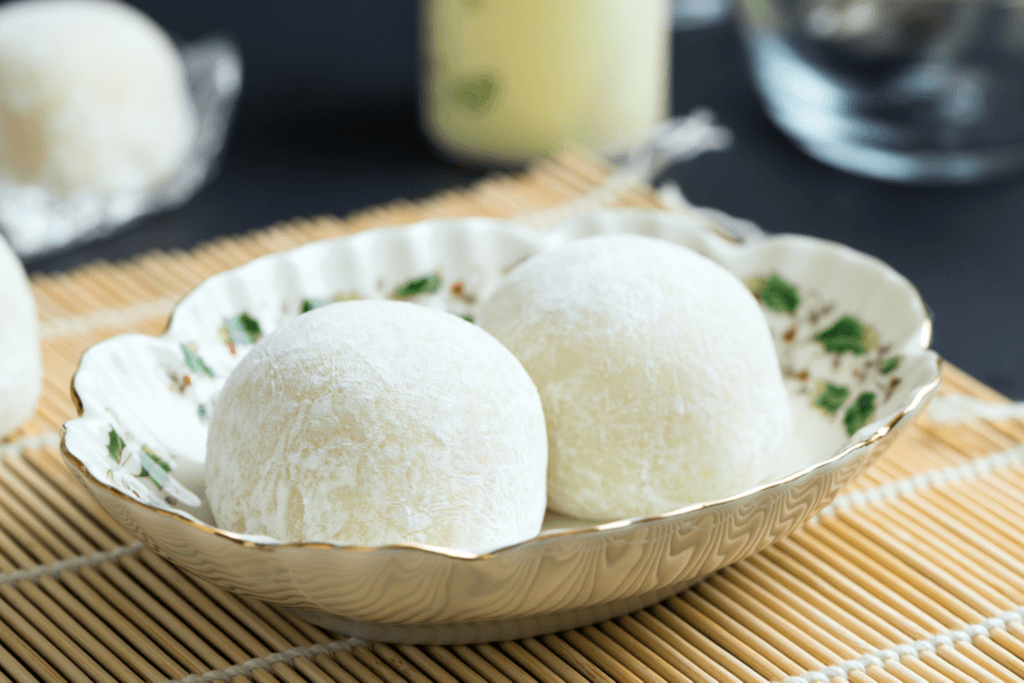
When it comes to Japanese cuisine, we cannot miss out on mochi – a traditional Japanese sticky rice cake. Mochi is a special must-have dish for most of Japan’s holidays, as it is considered to be a food that brings good luck and fulfillment. However, it is not just a delicious dessert on its own, but also a source of ingredients to make other Japanese mochi foods. Here is a list of mochi foods to satisfy your rice cake craving that can be enjoyed all year round!
Daifuku Mochi
Daifuku is a round, small, soft mochi made with red bean paste (anko), white bean paste (shiroan), or other fruits, with a light pink, white, or green crust. Glutinous rice is pounded until it is smooth and then rolled into a round shape.
Most of these balls are covered with a layer of cornstarch or fine potato flour to prevent them from sticking together or sticking to the hands of the maker. Since “daifuku” means “great happiness”, these sweet little cakes are also known as happy mochi, bringing joy and luck to those who enjoy them.
Want to learn more about daifuku mochi? Check out these different types of daifuku!
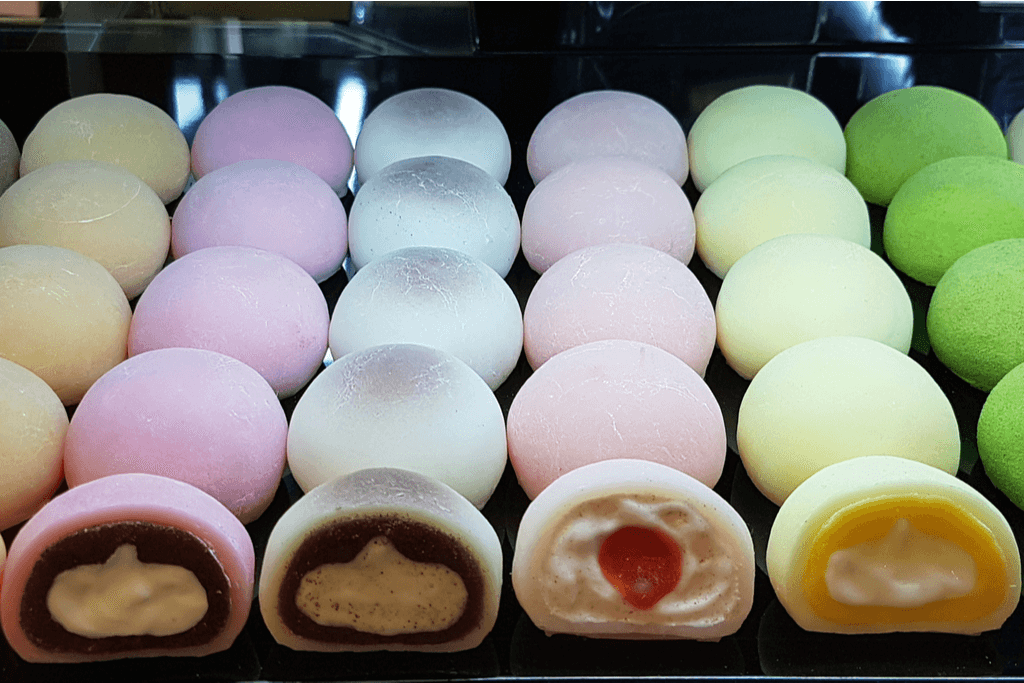
Sakura Mochi
As its name refers to, Sakura mochi is inspired by the cherry blossom (sakura) petals. This rice cake has a light pink color the same color as cherry blossoms when in full bloom, with the filling usually being red or white beans. Similar to Daifukumochi, Sakuramochi is also made from finely pounded glutinous rice but the rice is not completely crushed, making the crust look more rigid.
Then, a salted cherry blossom leaf is used to wrap the mochi, creating an interesting harmony of sweet and salty flavors. Japanese people often enjoy Sakura mochi on Japanese Girl’s Day (Hinamatsuri) or during cherry blossom viewing festivals.
Love Japanese traditional sweets, including these lovely chewy mochi foods? Check out Sakuraco! Sakuraco delivers traditional Japanese snacks, sweets, tableware, and more from local Japanese makers right to your door, perfect for a pleasant snack time at home!
Ichigo Daifuku
This mochi dessert is stuffed with anko jam (red bean paste cooked with sugar) and a fresh strawberry (ichigo) inside. Ichigo Daifuku is a staple snack among Japanese kids and even adults because of its sweet, nutritious red bean jam with fresh, ripe strawberries, creating a harmonious taste of sour and sweet.
Fukuoka’s famous Amaou strawberries are especially popular for this mochi dish when they are in season.
Warabi Mochi
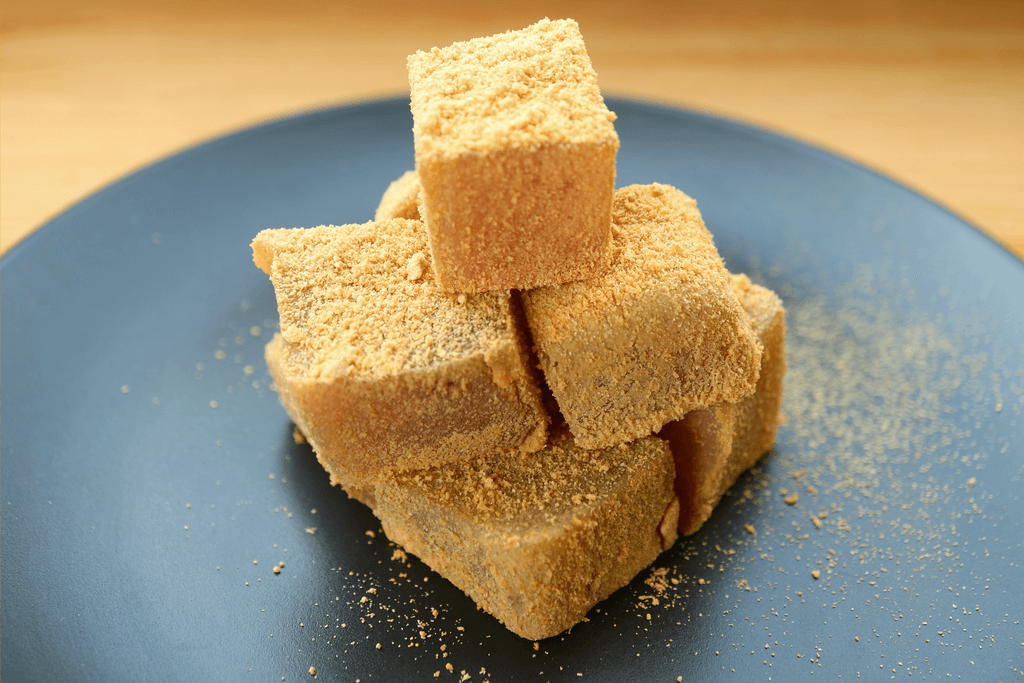
Different from other types of Mochi, Warabi mochi is not made from glutinous rice, but from fern starch. Thus, it has a jelly form and cool taste, which is best to enjoy on hot summer days. Warabi mochi is especially popular in Okinawa and Kansai – where the temperature is relatively high compared to other parts of Japan.
In fact, the taste of Warabi mochi is quite mild, so it is often sprinkled with kinako (roasted soybean flour) or kuromitsu (brown sugar syrup usually made from Okinawa black sugar), resulting in a sweet dessert that is soft and cool to calm down the summer heat.
Kuzumochi
Kuzumochi is made from Japanese tapioca flour and soybean flour, making it a chewy mochi dessert that is fun to eat. Similar to warabimochi, the refreshing kuzumochi is very popular in the summer and is often served with kinako powder or kuromitsu syrup alongside sweet red bean jam. Because it doesn’t use rice or milk, Kuzumochi is a perfect vegan dish that anyone can enjoy comfortably.
Kusa Mochi
Kusa Mochi (also known as Green Grass Mochi or Yomogi Mochi) has a distinctive green color and is fragrant with the smell of wormwood (yomogi). It can be stuffed with red bean jam to create sweetness, too. This is a dish eaten during the holidays in the countryside of Japan, and its shape can either be round or square depending on the region.
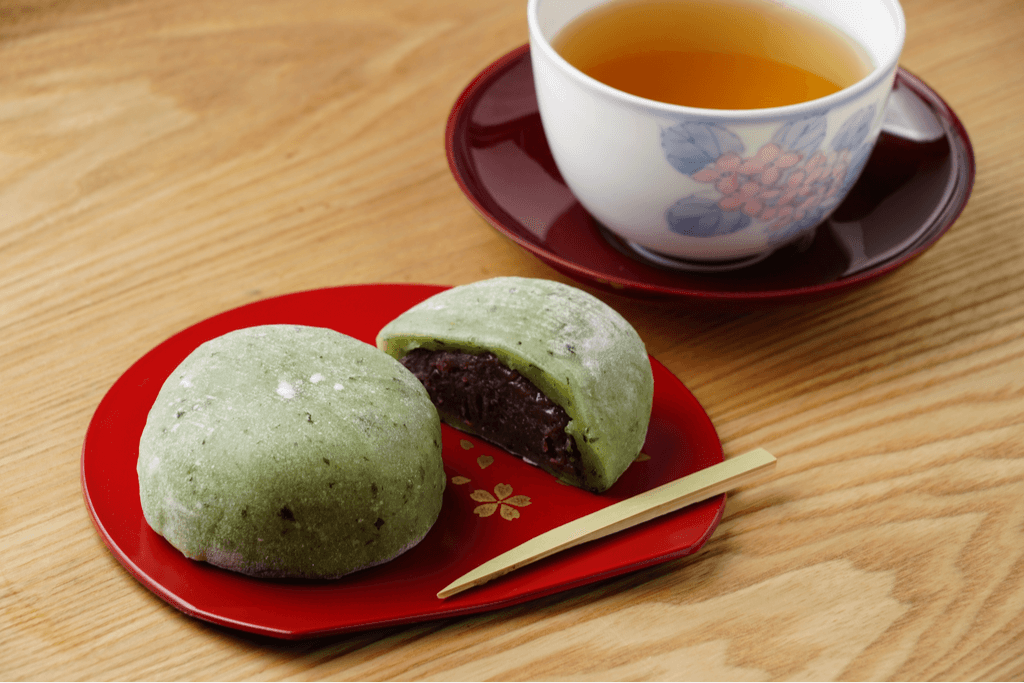
Hishi Mochi
This is a traditional diamond-shaped mochi with three layers in pink, white, and green, which is mostly enjoyed on Girls’ Day in Japan. This sweet usually uses natural ingredients with the pink layer made from jasmine, the white layer being from water caltrop, and the green layer of mugwort, creating a perfect combination of flavors and taste.
Botamochi and Ohagi
Unlike other mochi foods, botamochi and ohagi have red bean coats (which can be replaced with Kinako or black sesame) wrapped around a white sticky rice ball. Japanese people usually eat these two kinds of mochi during the Ohigan holiday – a Japanese holiday for self-reflection and honoring one’s ancestors that is held in spring and fall.
Botamochi, whose name is inspired by peonies (botan), is often enjoyed in spring, while Ohagi is popular in autumn because “hagi” refers only to the three-leaf clover with flowers in this season.

Oshiruko
Oshiruko is a dessert made from azuki red beans boiled in a mixture of water and sugar, topped with a few floating mochi-baked rice cakes. It is a comfort snack between lunch and dinner, served hot, and is one of the most famous traditional Japanese dishes in winter.
Zoni
Zoni, or ozoni, is a special Japanese soup eaten on New Year’s Eve with ingredients including: mochi rice cakes and vegetables. The broth can be made from soy sauce or a miso-based broth. However, ozoni’s exact recipe often changes based on family tradition. Zoni soup is eaten on New Year’s Day along with other traditional Japanese dishes called Osechi.
In Japan, eating hot soup with mochi on New Year’s Day is a way to pray for good health and happiness in the year.
Chikara Udon
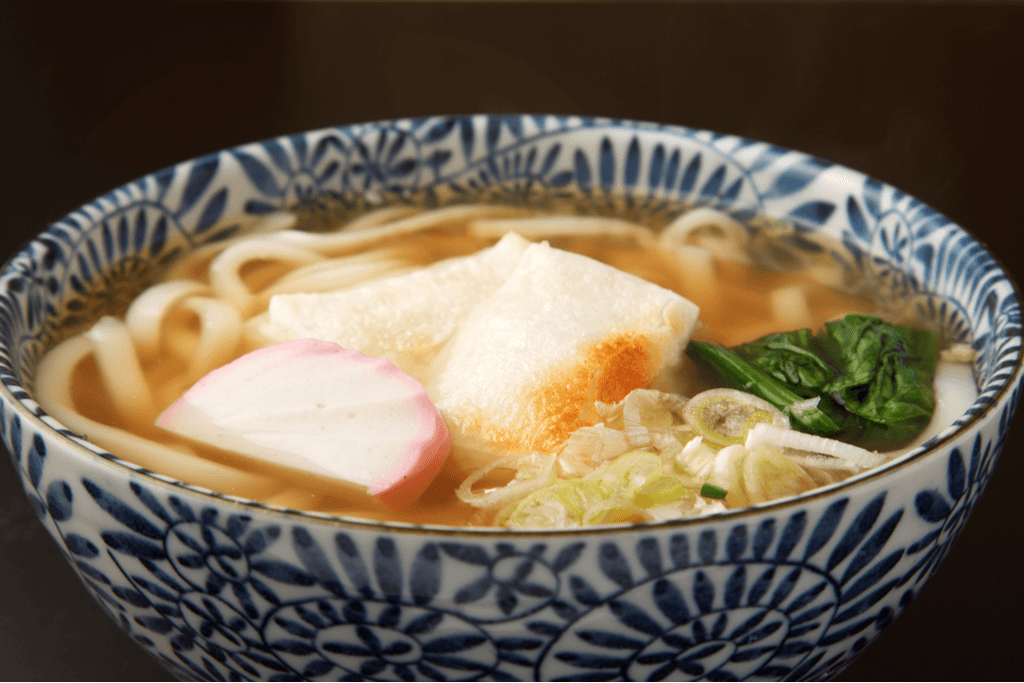
This dish is a unique combination of udon noodles (thick Japanese wheat noodles) and grilled mochi. It’s best to eat when it is still hot because you’ll get to enjoy both the chewy mochi and udon noodles as well as its sweet, fragrant steamed broth. You can also add some more things like mushrooms, fish cakes, beef, or eggs to make it more attractive.
Have you tried any of these mochi foods? Which one do you like most? Let us know your favorite in the comments below!

Discover authentic flavors with Sakuraco
Get Sakuraco 
1 Responses

Discover authentic flavors with Sakuraco
Get Sakuraco 
Related Articles
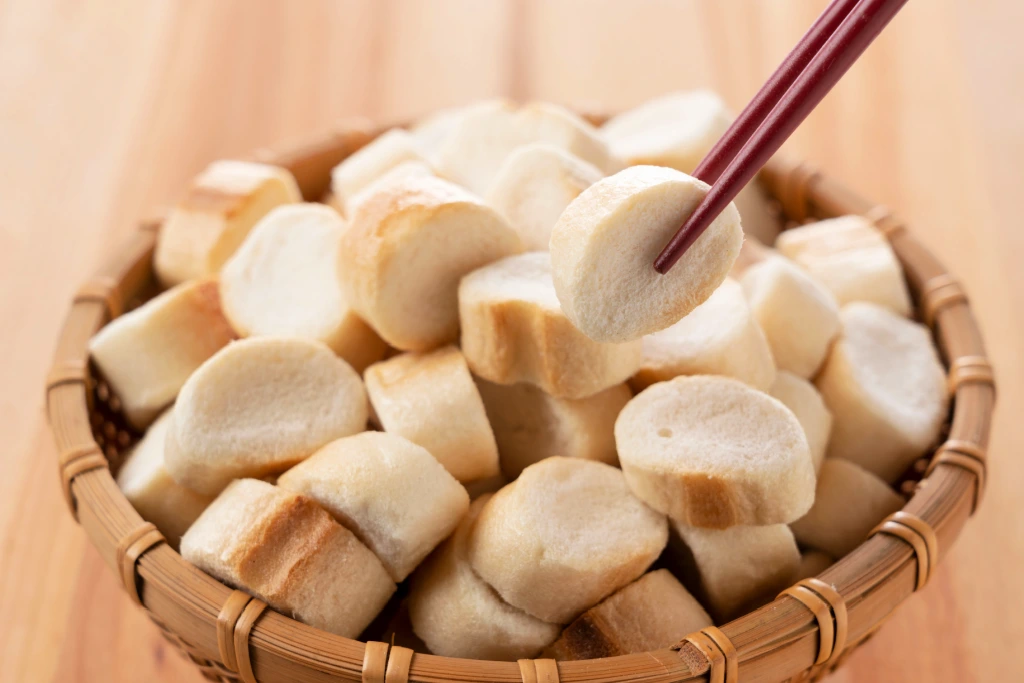
Wheat Gluten from Japan: What Is the Secret Behind Fu?
Japanese cuisine is well known for its unique ingredients that are delicious and good for health. One ingredient that plays an essential role in the traditional food culture of Japan is fu, also known as Japanese wheat gluten.
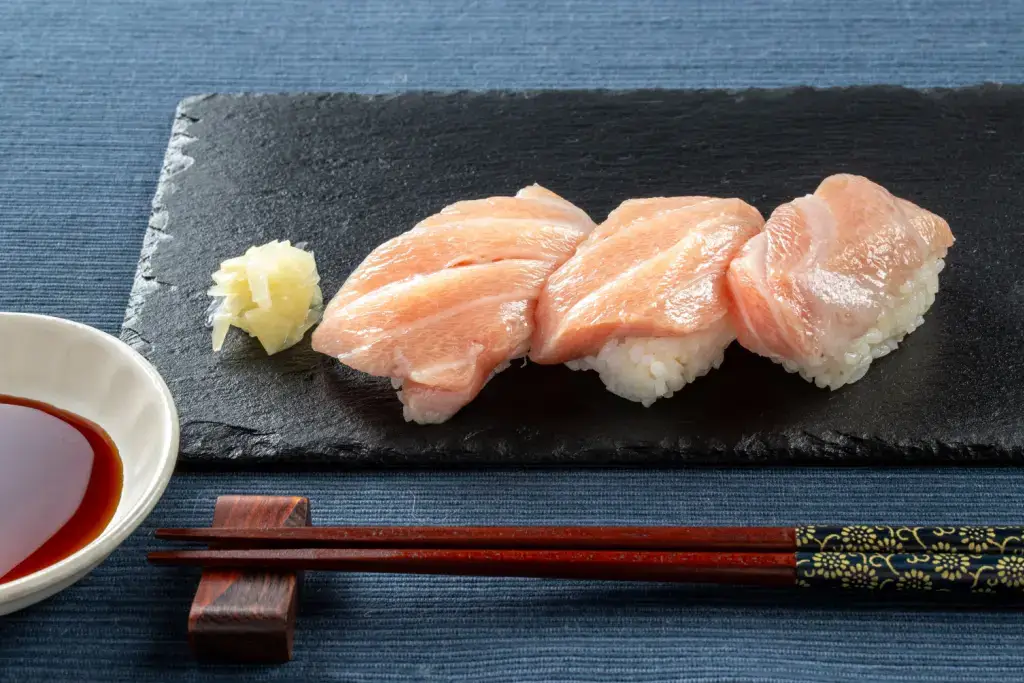
Otoro Sushi: Why Is It Worth Trying at Least Once?
Otoro sushi is one of Japanese cuisine’s most luxurious and talked-about items. This cut of tuna is considered one of the top choices for sushi lovers.
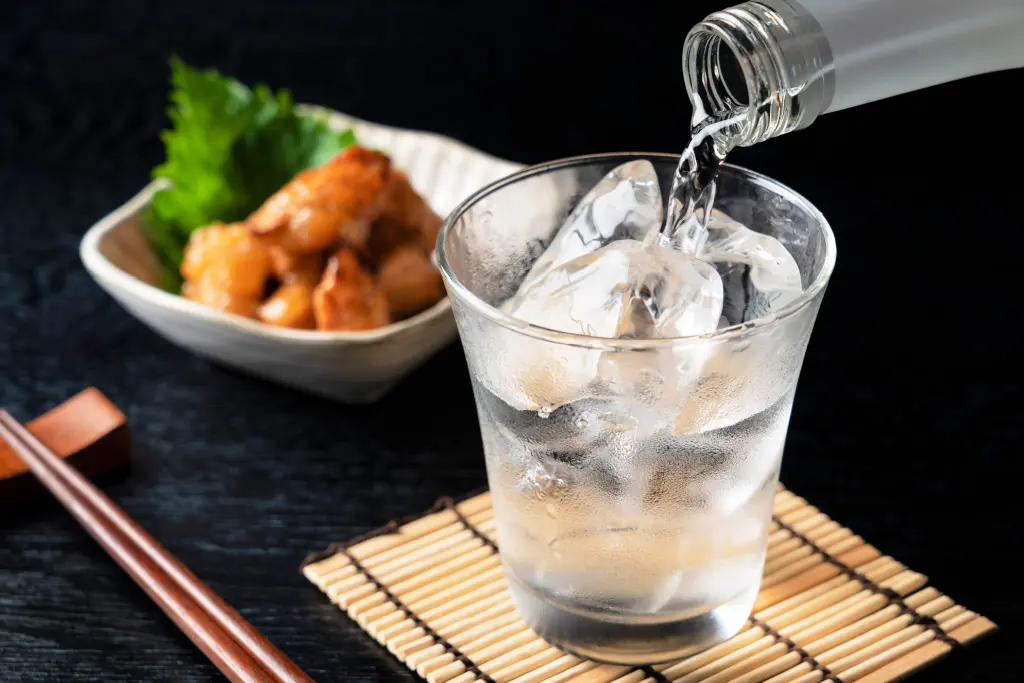
Shochu Time: Why Japan Loves This Drink
One of the most well-loved souvenirs people often think of from Japan is sake, a traditional alcoholic beverage. However, there is another type of alcohol that has become so popular in Japan that it now sells more than sake. That drink is shochu. To learn more about this special beverage, keep reading!
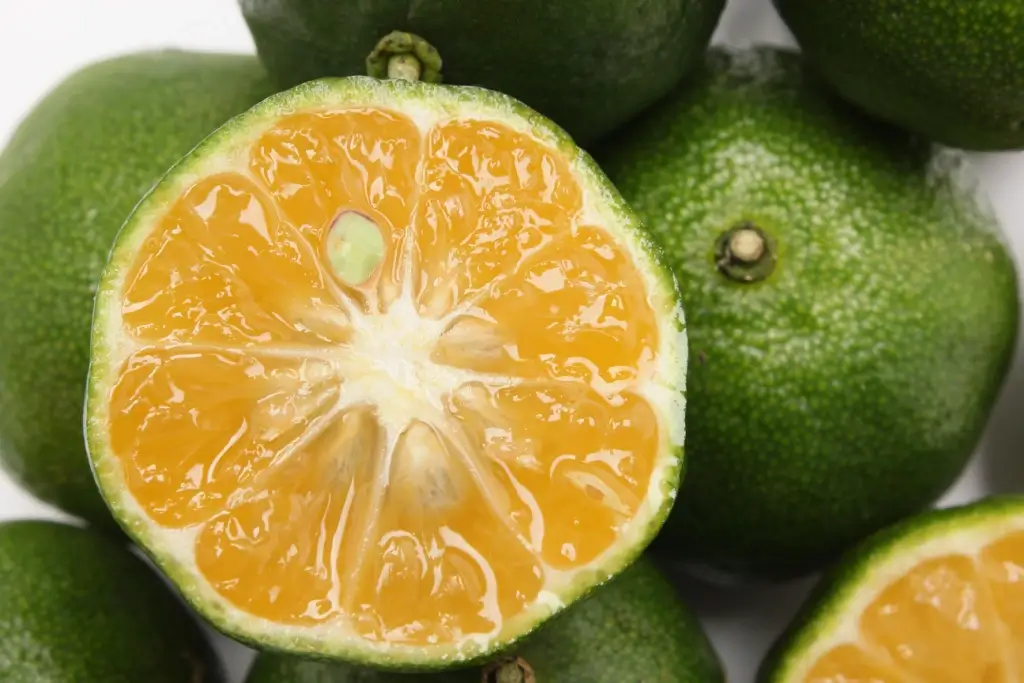
Shikuwasa: A Citrus Delight from Okinawa
In Okinawa, the fruit shikuwasa is widely used in various kinds of food and drink. Let’s explore this remarkable Okinawan fruit in more detail!




I love daifuku mochi. It’s a sweet treat for the New Year for me. It’s hard to eat just one! 🙂